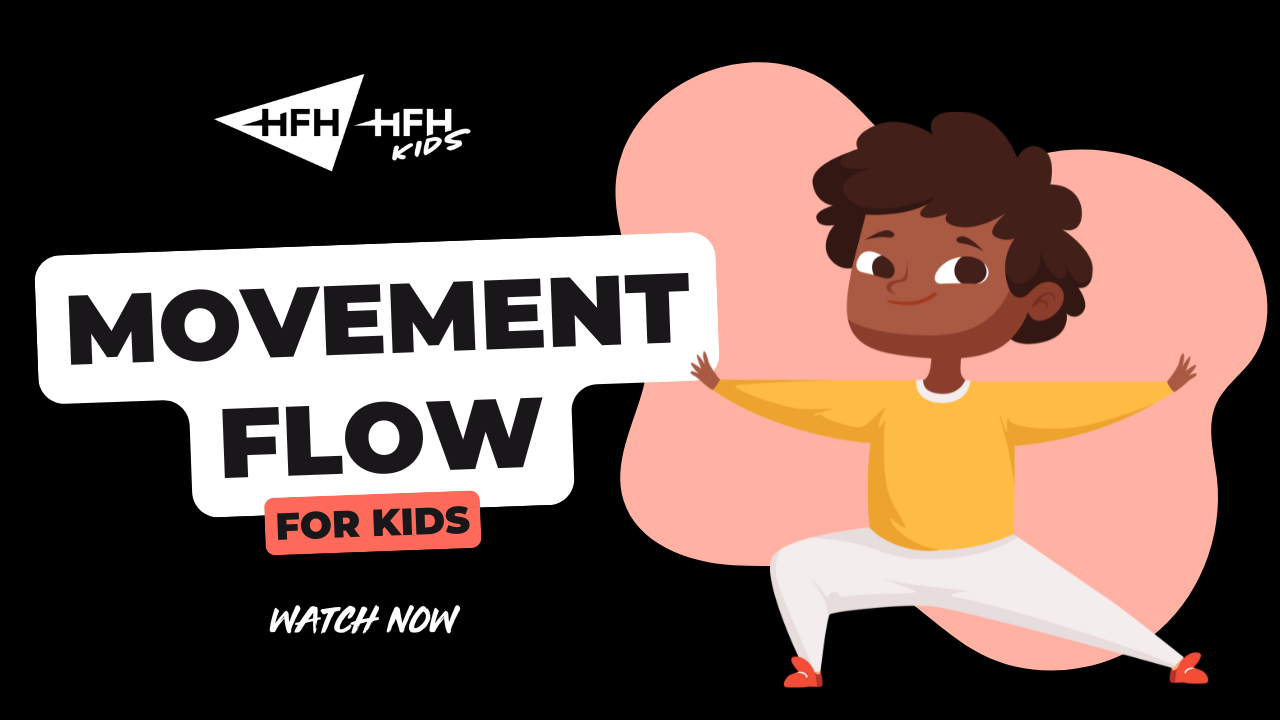Understanding Retained Primitive Reflexes
As a parent (or caregiver) of a child, you want to understand every little thing that can help them thrive. One area that sometimes gets overlooked, yet can have a meaningful impact on motor, learning and behaviour skills, is the concept of primitive reflexes – and when they don’t “go away” or integrate as expected.
What are primitive or neo-natal reflexes?
From the moment our babies are born (and even before birth), the nervous system is hard at work. Primitive reflexes are automatic movement responses that the infant brain uses to keep things going while the brain and body develop more mature control.
For example:
The “fencing pose” when a baby’s head turns to one side and the arm on that side extends (Asymmetrical Tonic Neck Reflex).
Grasping a finger placed in the palm (Palmar Grasp Reflex).
Starting or jerking limbs when they feel as if they are falling (Moro or “startle” reflex).
These reflexes serve a purpose early on—for survival or developmental support—and then they should integrate (i.e., fade out as the child develops more controlled and voluntary movements).
When everything goes as expected:
The infant uses reflex-driven movement to build neural pathways and muscle/motor foundations.
Over time, those reflex responses are inhibited (by the brain’s maturation) so that the child can sit, crawl, walk, balance, use tools, coordinate hands and eyes, focus attention, etc.
If a reflex remains active beyond its normal window, it may interfere with those higher-level skills.
What does “retained” reflex mean?
When a reflex is “retained,” it means it hasn’t fully integrated or been inhibited in the usual timeframe.
Retained primitive reflexes play a crucial role in a child’s development. Their integration allows for more sophisticated movement patterns and higher-level learning. If they persist beyond the expected integration period, they can impede development in various areas.
Most primitive reflexes integrate by 12 months, with some by 2-3 years of age.
If reflexes are still active past those windows (or still interfering with movement, attention, behaviour), then they may contribute to the challenges the child is experiencing.
One retained reflex can often mean others are retained, because the nervous system development is interconnected.
“Primitive reflexes are the building blocks of development – when they remain active they can affect how a child moves, learns, and responds to their environment.”
How might retained reflexes look in everyday life
There are some common signs that may be observed when certain reflexes are retained.
These are not a checklist for diagnosis – just possible clues that might suggest a deeper look is warranted with an occupational therapist.
Motor & posture issues
Poor balance, frequent tripping or falling.
Slouching, inability to sit upright independently for long periods.
Difficulties with fine motor tasks (e.g., writing, cutting with scissors).
Difficulty with sports or hand-eye coordination tasks.
Learning & sensory / processing signs
Visual tracking difficulties (losing place when reading) or issues crossing the midline (e.g., reaching from one side of body to the other).
Sensitivity (or under-sensitivity) to sensory input: sounds, movement, touch.
Trouble sustaining attention, impulsivity, emotional regulation difficulties.
What can help?
Work with an Occupational Therapist
A paediatric occupational therapist (OT) can assess for retained reflexes (often using standardised tools + movement tests) and develop a tailored plan. At Hunter Functional Health, their OT offering includes:
Detailed assessment of motor, sensory, visual‐motor skills and reflex integration.
Movement-based, brain-based therapy combining fun, play and tech to integrate retained reflexes.
What you can do at home
Here are some gentle ways you can support your child (always check with your OT first to ensure suitability):
Movement play: animal walks (bear walk, lizard crawl), obstacle courses, climbing, rolling, swinging – all of which promote integration.
Crawling and floor time: even in older children, encouraging movement on all fours or tummy play can be beneficial.
Fine motor play: threading beads, alternating finger presses, ball games – activities that build coordination and bilateral integration.
Posture and core work: using pillows, wobble boards, simple yoga poses (e.g., superman lifts, cat-cow) can help.
Sensory regulation: Provide opportunities for movement, deep pressure, rhythm – these can help calm the nervous system if it's “on alert”.
Try this movement flow designed to help children integrate reflexes, improve their developmental maturity, motor control and their sensory processing skills.
1. Bridge (Moro reflex) x 12 reps
2. Robot (ATNR reflex) x 6 reps each side (left/right)
3. Bird-dog (ATNR reflex) x 6 reps each side (left/right)
4. Meatball (TLR reflex) x 10 reps (hold 10 secs)
5. Superman/woman (TLR reflex) x 10 reps (hold 10secs)
6. Stretching cat (STNR reflex) x 10 reps (hold at top 2secs)
7. Snow angel (Spinal galant reflex) x 12 reps
8. Breathing (Self regulation x 2mins)
When should you seek additional advice?
It’s a good idea to touch base with your child’s paediatrician or OT if you notice:
Significant motor delays (crawling, walking, using hands)
Ongoing challenges with posture, coordination, or fine motor skills beyond expected ages
Persistent sensory or attention/behaviour issues that seem to interfere with everyday functioning
While retained reflexes might be one contributing factor, they are usually part of a broader developmental picture. Having a holistic assessment is key.
Retained primitive reflexes may feel like a “hidden” piece of the puzzle in child development. They often aren’t on the first list of issues we think about, but when present, they can influence motor skills, learning, attention, posture and behaviour.
The good news: with awareness + the right support you can make a difference. As parents, you don’t need to “fix” it alone – that’s where partnering with an occupational therapist makes all the difference. Meanwhile, you can help by making movement fun, integrating playful activities into daily life, and staying curious and patient with your child’s journey.


